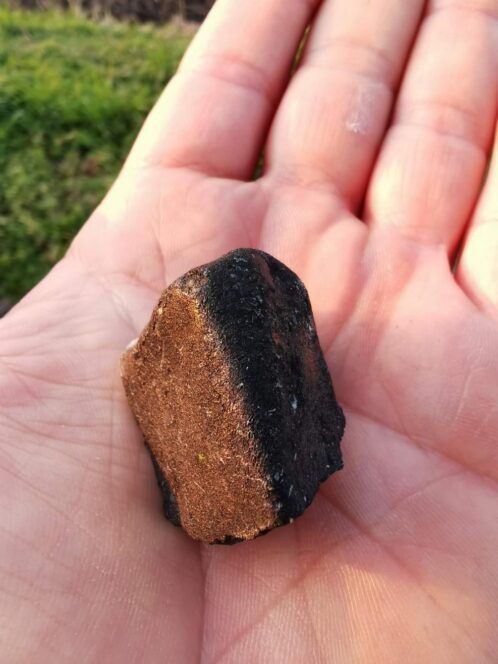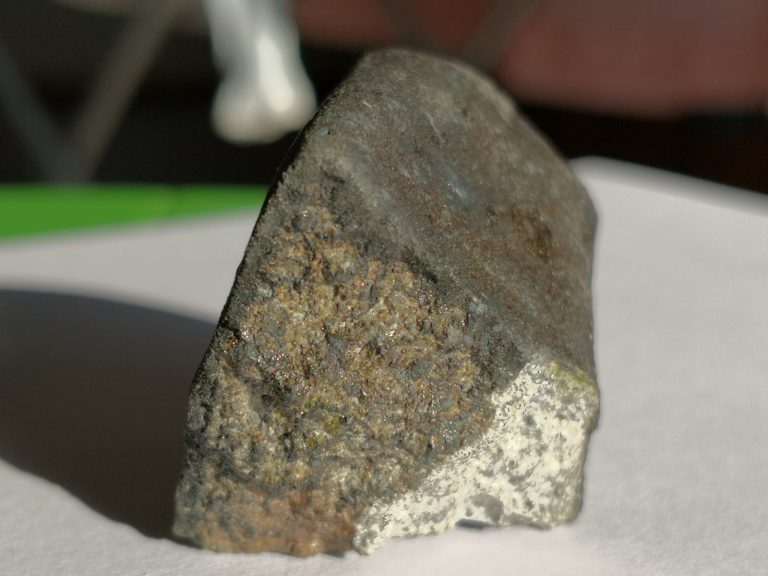n 5 September 2020 the Meteoritical Society’s Nomenclature Committee ratified the name and type of the meteorite which fell on New Year’s Day 2020, and was found 3 days later on the basis of calculations made by the PRISMA network.

One of two fragments of the “Cavezzo” meteorite, found on 4 January 2020 close to Modena on the basis of calculations made by the PRISMA network. Credits: Prisma/Inaf
The name “CAVEZZO” derives from the location where the fragments were found, close to Modena, Italy. Classification: the meteorite has been designated as a chondrite of type L5, meaning that it has a low iron content. However, some peculiar properties cause it to be considered anomalous. So far, it is a unique specimen amongst the more than 64000 catalogued meteorites. “The peculiarity of this meteorite is caused by several factors, including the strong dichotomy between the silicate composition and the low quantity of metal, and also the high amount of clinopyroxene. But the most surprising characteristic is the strong mineral and petrographic difference between the two recovered fragments” says geologist Giovanni Pratesi from the University of Florence, who is responsible for the laboratory analysis of the fragments of “Cavezzo”. “‘Cavezzo’ is the first Italian meteorite, amongst only about 20 worldwide, which was found on the basis of accurate calculations produced by a dedicated surveillance system. That alone gives a very high scientific significance to this recovery” says Daniele Gardiol (INAF Turin), national coordinator of the PRISMA network, who adds: “We are also especially proud and satisfied that the meteorite turned out to be of a very rare type”. The calculations which led to the recovery of the meteorite, and the results of the laboratory analysis are the subject of two papers which will be published soon in international scientific journals.

